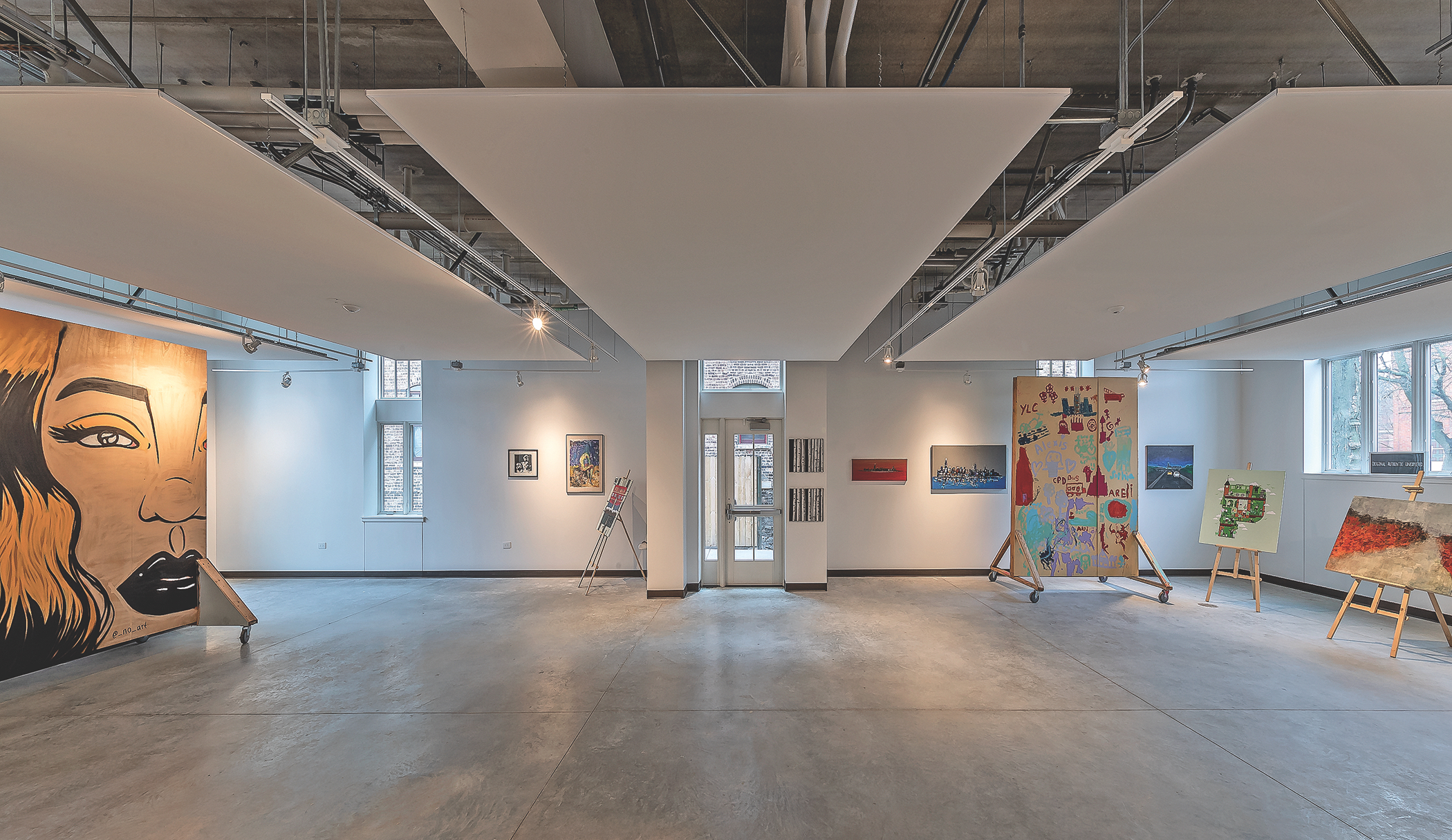The statistics are grim. According to Harvard’s Joint Center for Housing Studies, nearly half of all renter households (20.4 million) spent more than 30 percent of income on housing in 2019; 17.6 million households spent more than 50 percent. The National Low Income Housing Coalition reported that there were only 37 affordable and available homes for every 100 extremely low-income renter households nationwide in 2019.
Then there are the homeless—580,466 by the U.S. Department of Housing & Urban Development’s last count (January 2020); of these, 37,252 were veterans. HUD estimated that 1.4 million people slept in homeless shelters at some point in 2018. During the 2016-17 school year, 1.35 million children experienced homelessness at some point, reported the National Center for Education Statistics.
Despite the grim statistics, energetic developers, nonprofit groups, and their design and construction teams are finding ways to build housing that is not only affordable, but aesthetically pleasing and environmental responsible as well. Let’s take a look at 13 of them.
1. CAPITOL VISTA | Washington, D.C.
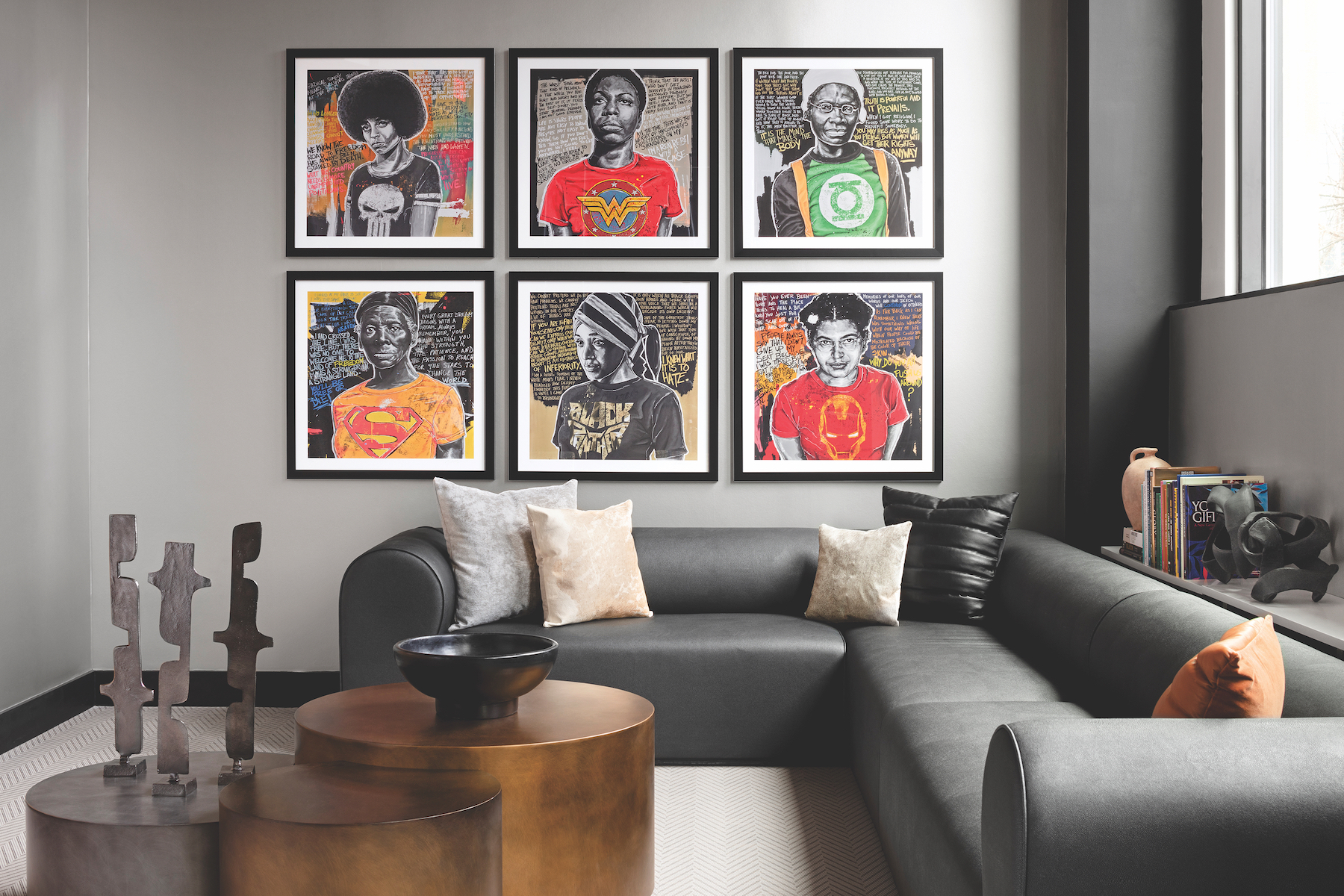
Located eight blocks north of the U.S. Capitol, Capitol Vista provides 104 studio and one- and two-bedroom rentals ($1,131 to $1,354/month): 21 at 30% AMI, 83 at 50% AMI. The $50 million enterprise may be unique in having Black owners (Dantes Partners), a Black property manager (Faria Management), and a Black interior designer (Determined by Design, founded by Kia Weatherspoon, NCIDQ, ASID, a Building Design+Construction 2020 “40 under 40” honoree). Grimm + Parker (architect) headed the team: SK+A Structural Engineers (SE, CE); Wiles Mensch Corp. (CE, landscape design); Century Engineer (MEP); MaGrann Associates (sustainability); and Hamel Builders (GC).
2. HOPEWORKS STATION NORTH | Everett, Wash.
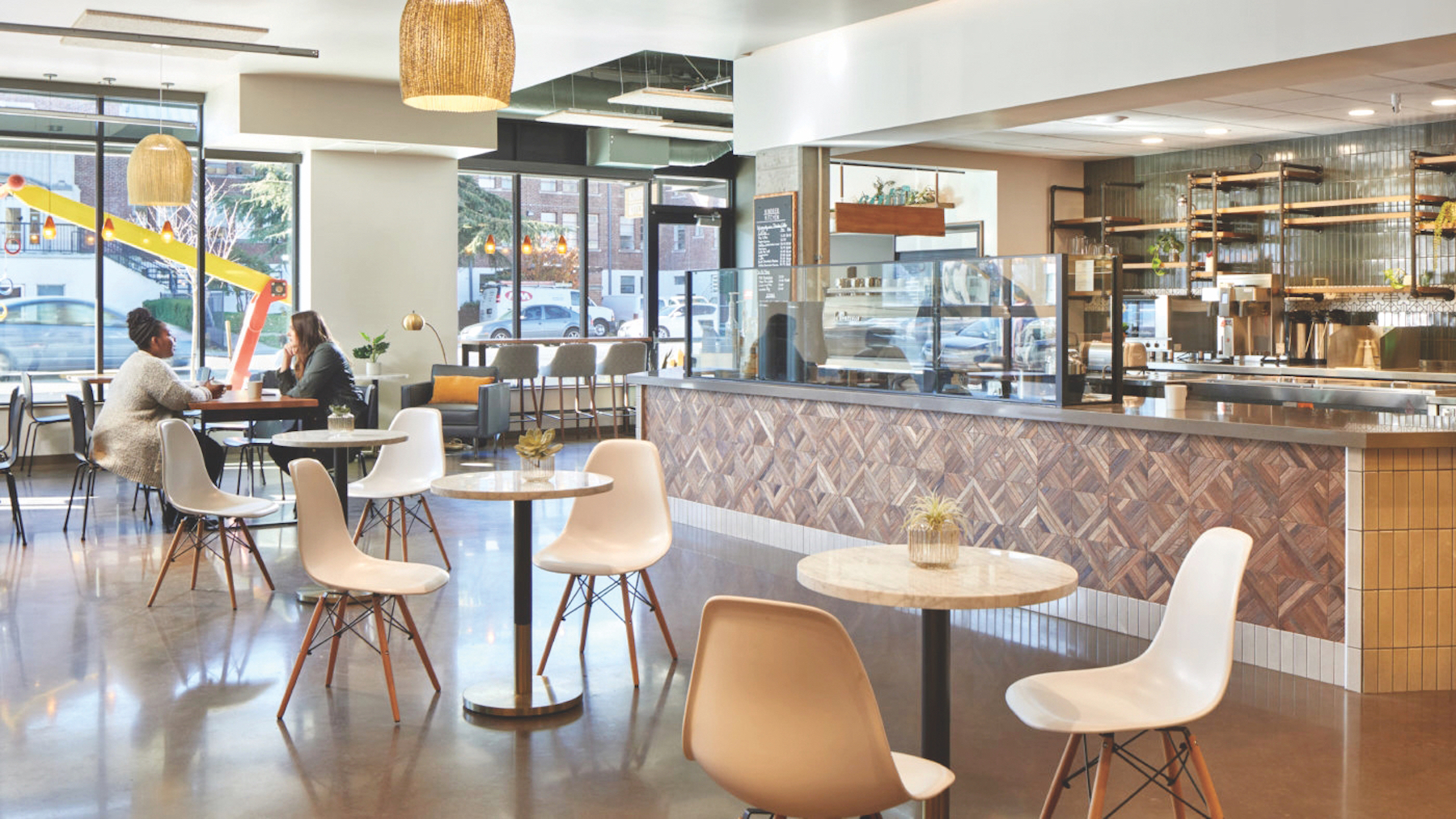
This four-story, net-zero-energy, LEED for Homes Platinum apartment complex has been selected for the Living Future Challenge affordable housing pilot and participated in the LEED Multifamily Midrise pilot to demonstrate compliance with Washington State’s Evergreen Sustainable Development Standard. Its 532 solar panels generate 198,000 kWh/year. GGLO and Dykeman Architects (designers) steered the $17.7 million project for HopeWorks Social Enterprises, with Beacon Development Group (development consultant), O’Brien360 (sustainability consultant), and Kirtley-Cole Associates (GC). The 65 studio and one- and two-bedroom units house homeless youth and veterans earning 30-50% AMI.
3. THE AYA | Washington, D.C.
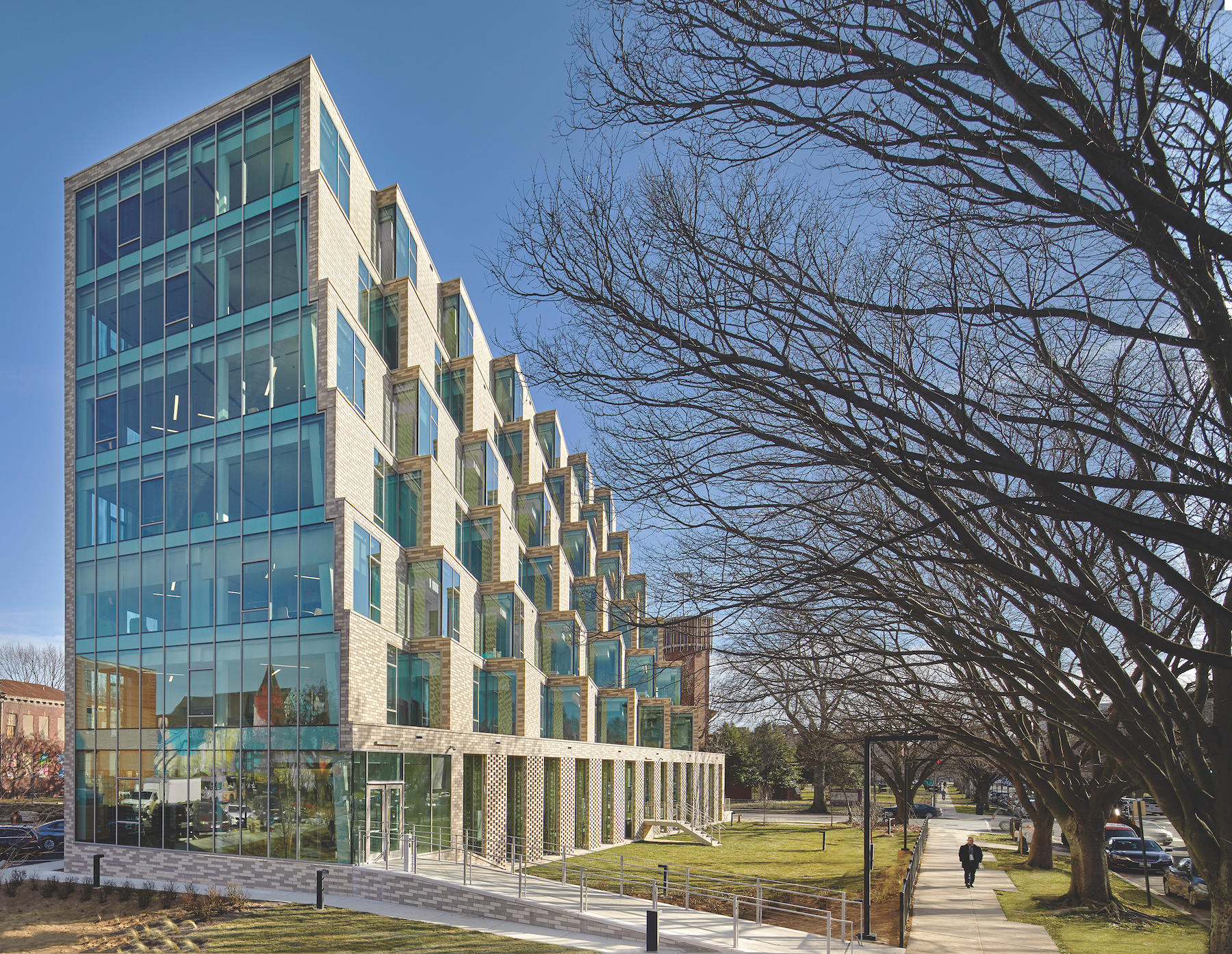
The Aya offers emergency housing for up to 50 families—largely mothers with young children—in Southwest Washington. Each color-coded floor has 7-10 units; adjoining rooms can be linked via lockable doors to accommodate families up to 12. The joint venture of LEO A DALY and Studio Twenty Seven Architecture designed the $21 million center for the D.C. Department of General Services. Silman Associates (SE), A. Morton Thomas (CE), Setty & Associates (MEP), and Blue Skye Construction (design-build contractor) contributed.
4. FOUR TEN LOFTS | Baltimore, Md.
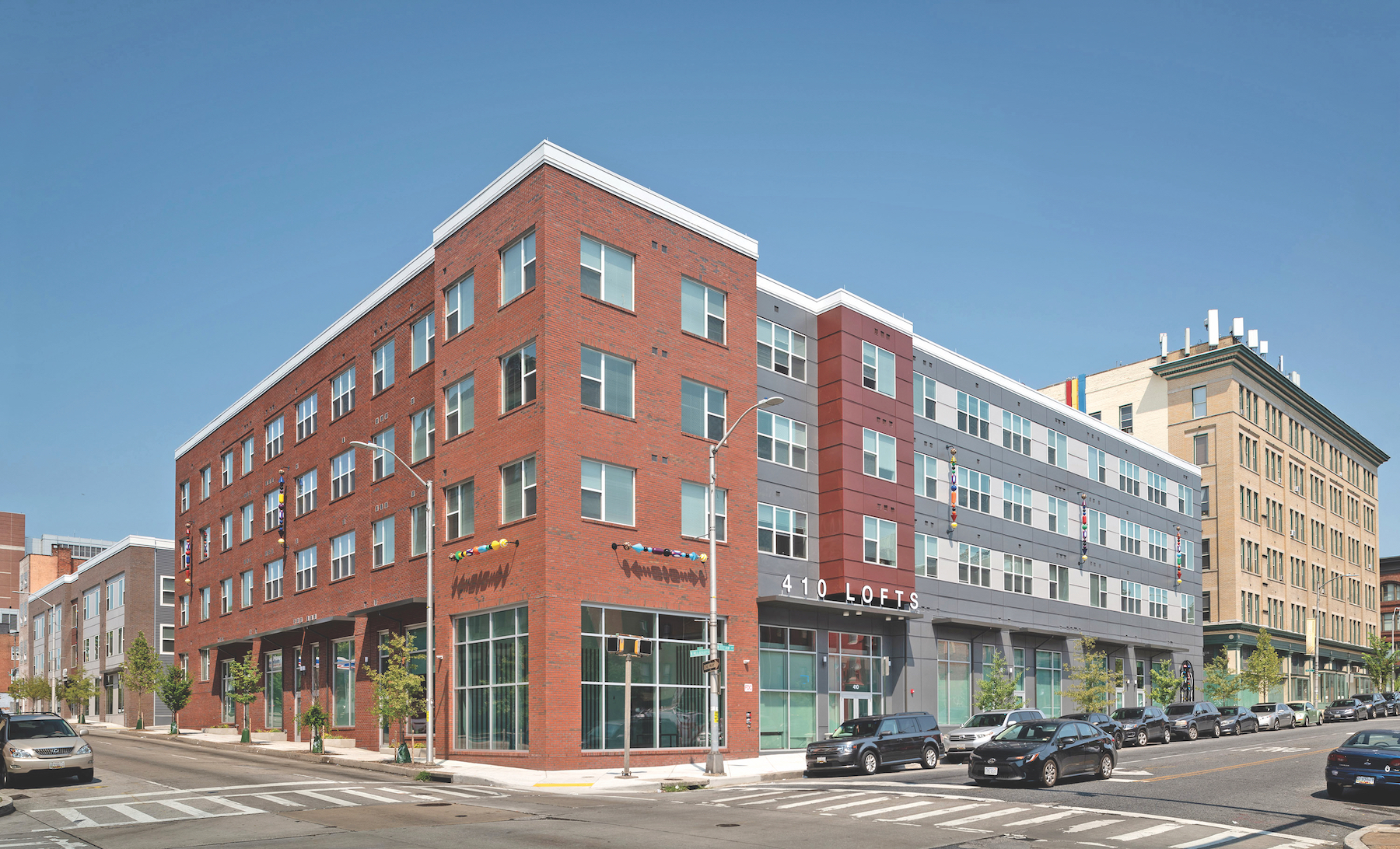
Designed for artists and the homeless, this $14.2 million complex, in the Bromo Tower arts and entertainment district, provides eight three-bedroom apartments in one building and 68 one- to three-bedroom units in a second structure. The latter building has a two-story gallery, sound rooms for musicians, an art workroom, and a spray booth. All rooms come fully furnished; United Way outfitted the apartments with bedding, towels, dishes, and small appliances. Energy Star Multifamily and National Green Building Standard certification were achieved.
5. LINEAGE | Alexandria, Va.
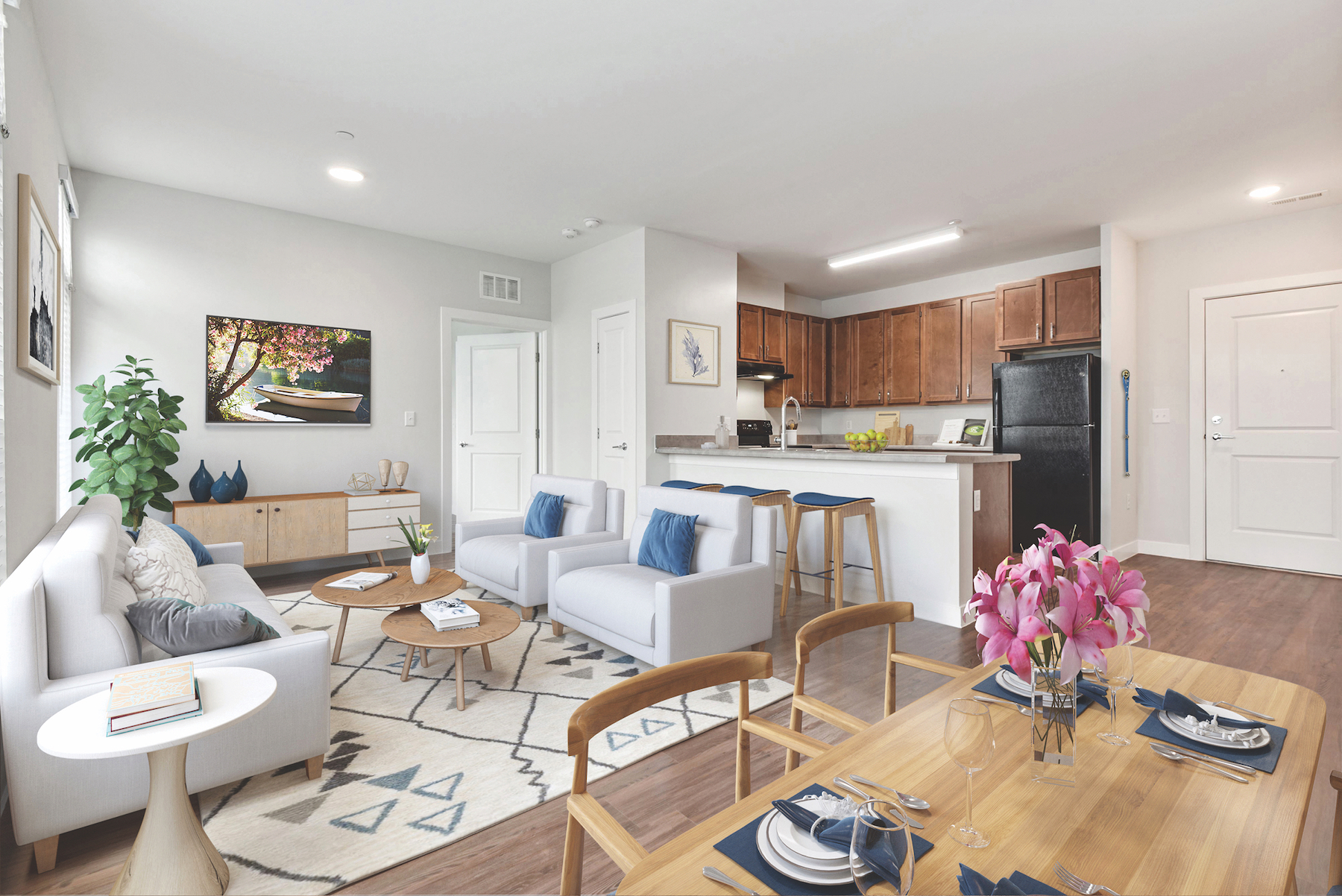
In 1942, the U.S. Housing Authority constructed 15 apartments for African-American war industry workers and their families in the historic Parker-Gray District of Alexandria, Va. The precast modernist units remained in use as public housing until 2018, when they were deemed beyond repair. The KTGY-led project team leveraged the FAR requirements to garner 52 units on the 0.71-acre site: 15 at 30% AMI, 11 at 50% AMI, and 26 at 60% AMI. Six units at the $12 million complex are fully accessible. Lineage earned EarthCraft Gold certification.
6. PULLMAN ARTSPACE LOFTS | Chicago, Ill.
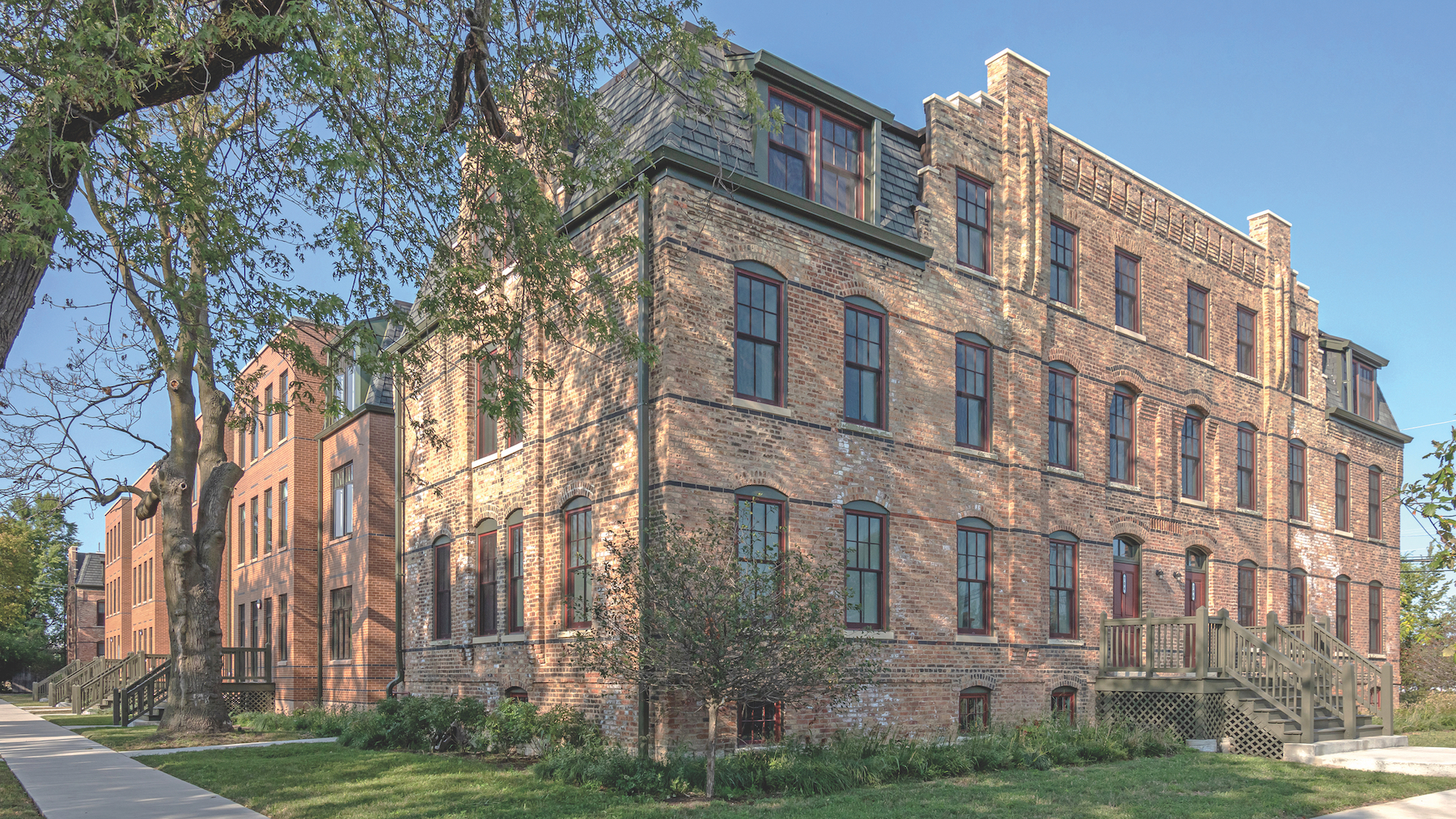
Two abandoned 19th-century landmark apartment buildings were renovated and a new building inserted between them to create 18 one-bedroom and 20 two-bedroom lofts for working artists (60% AMI) in Pullman, a planned community that was the home of the Pullman Car Company in the late 1800s; it was named a National Monument in 2015. Stantec (architect) captained the team of Pepper Construction (CM/GC) and Brown & Momen (CM) for owner/developer Pullman Artspace LLC and co-developers PullmanArts and Chicago Neighborhood Initiatives.
7. PATH METRO VILLAS | Los Angeles, Calif.
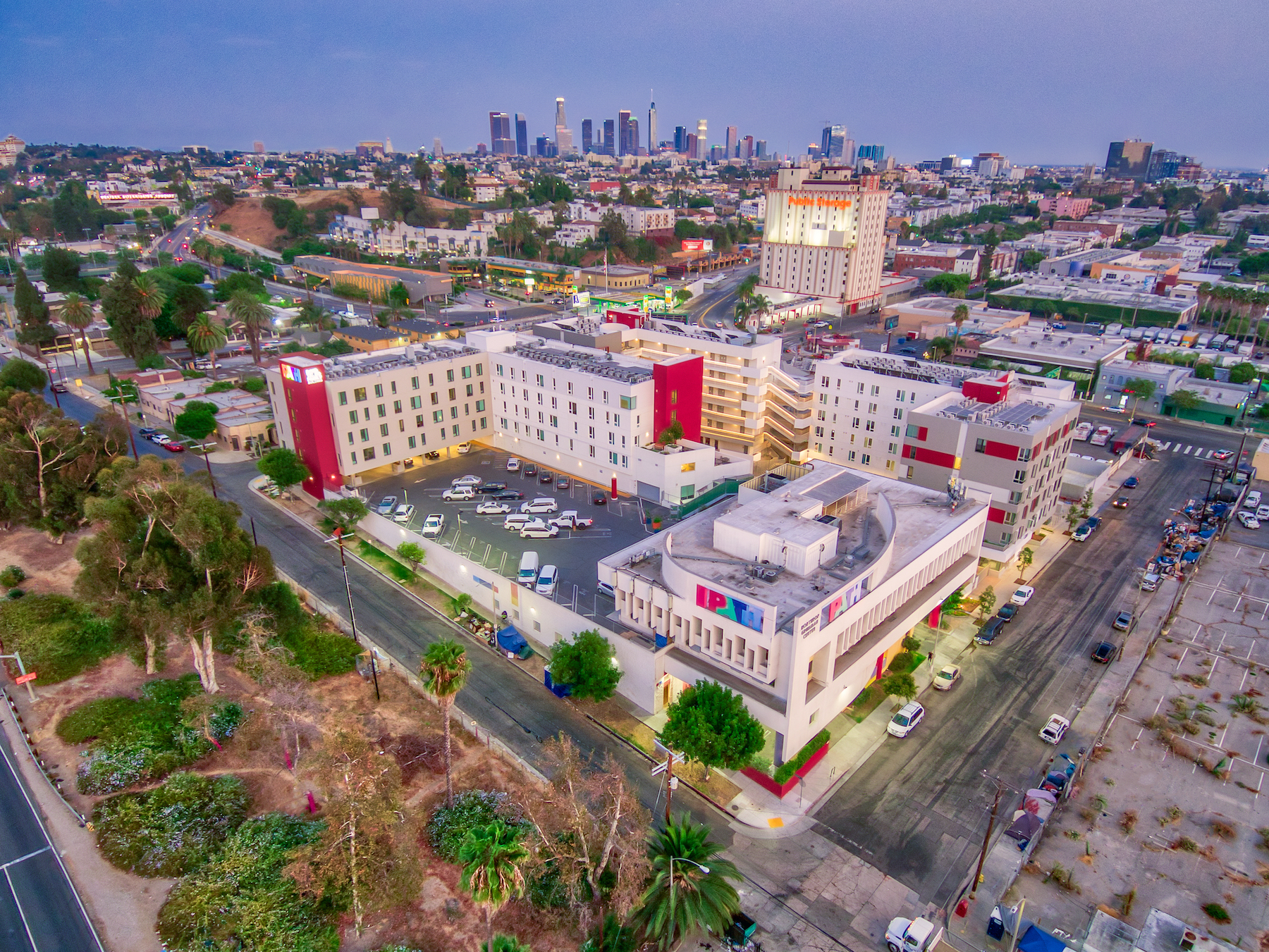
This two-phase enterprise provides 186 studios and one-bedroom units and supportive services for veterans, seniors, and the homeless in the Rampart Village section of Los Angeles. The developer, PATH Ventures, had to secure a zoning change from light industrial to residential. KFA Architecture (architect) worked with Englekirk Engineers (SE); KPFF Consulting Engineers (CE); ME Engineers (MEP); Irvine & Associates (land planner); Landscape Images (landscape architect, Phase 1); AHBE|MIG (landscape architect, Phase 2); and Walton Construction (GC).
8. VILLAS AT THE RIDGEWAY | Yonkers, N.Y.
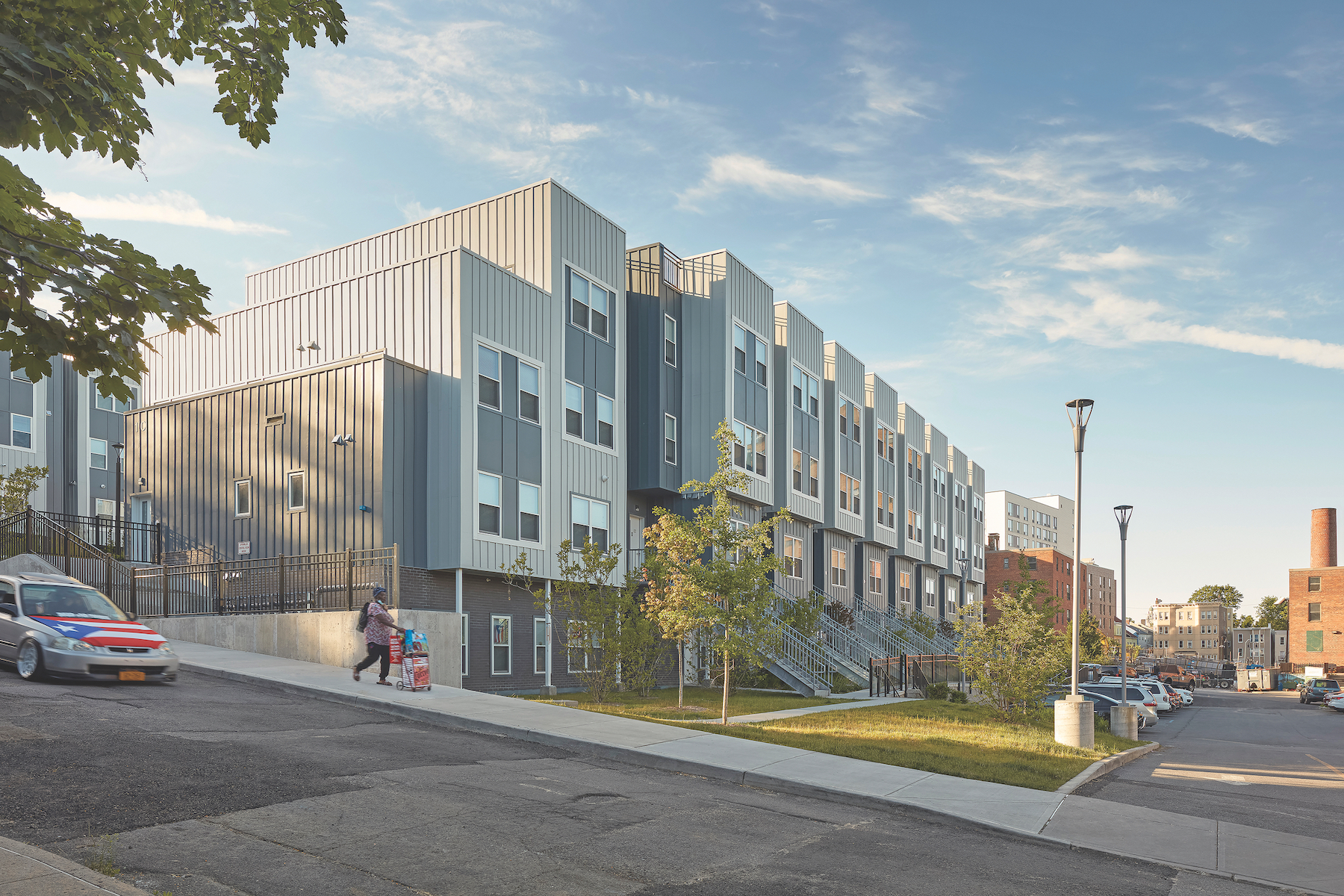
This redevelopment replaced three derelict public housing buildings with 70 two- to four-bedroom apartments at 30%, 50%, and 60% AMI, plus some market-rate units, using 40X16X10-foot modular units fabricated off site. Magnusson Architecture and Planning helmed the project for The Community Builders (developer), with LMW Engineering Group (SE), Philip Habib & Associates (CE), Johnson & Urban (MEP), Terrain-NYC (landscape architect), Steven Winter Associates (sustainability consultant), and JoDi Realty (builder). They also renovated a daycare center that serves the neighborhood.
9. PHOENIX ESTATES II (700 MANIDA STREET) | Bronx, N.Y.
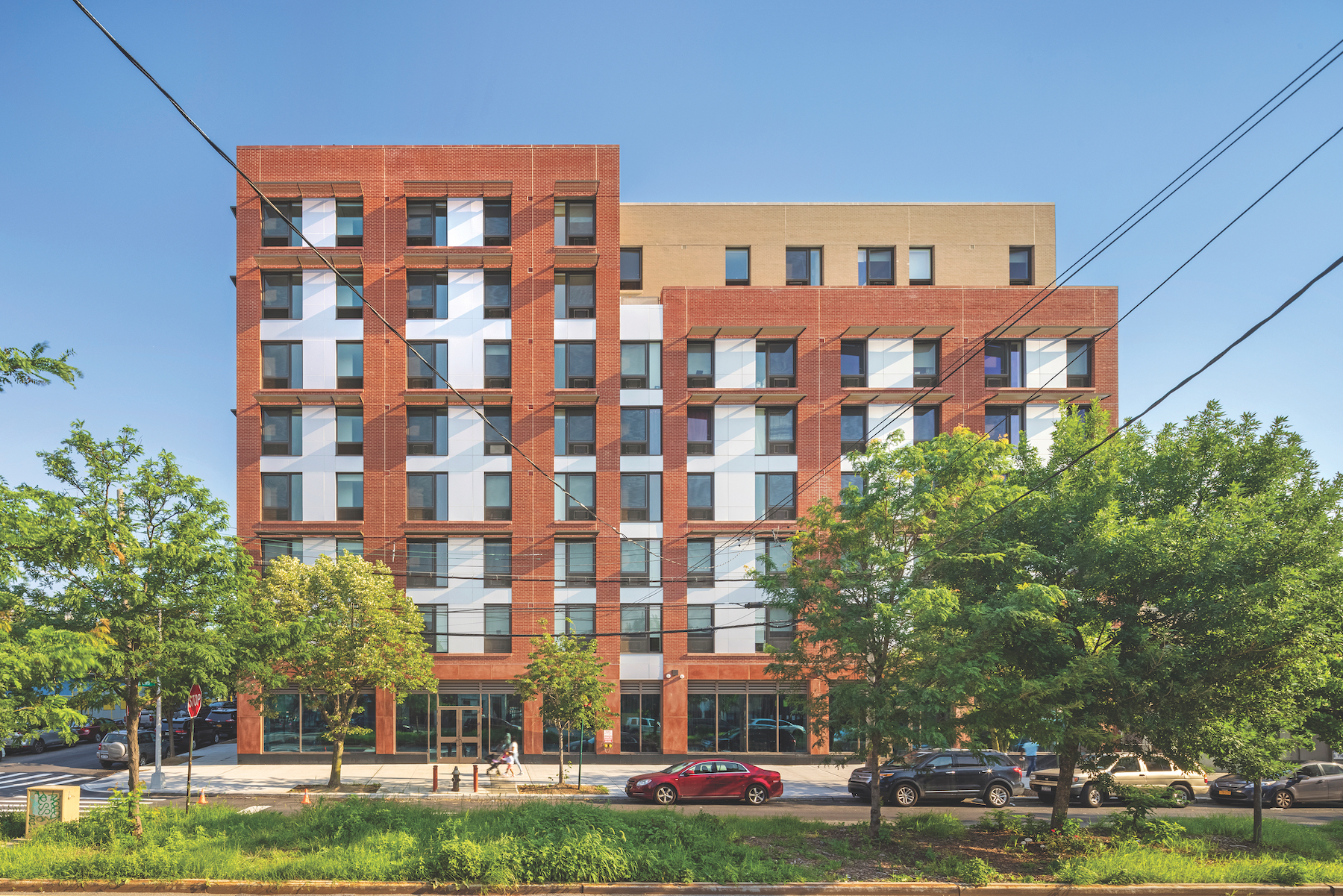
RKTB Architects took advantage of NYC’s 2016 Zoning for Quality and Affordability rules to gain 45% greater FAR for this 102,000-sf mix of 100% affordable senior (48) and family (60) apartments. The senior units are distributed throughout the six- to eight-story L-shaped complex. The $33 million transgenerational enterprise has a 7,100-sf yard and ground-floor space for two art galleries.
10. FROST TERRACE | Cambridge, Mass.
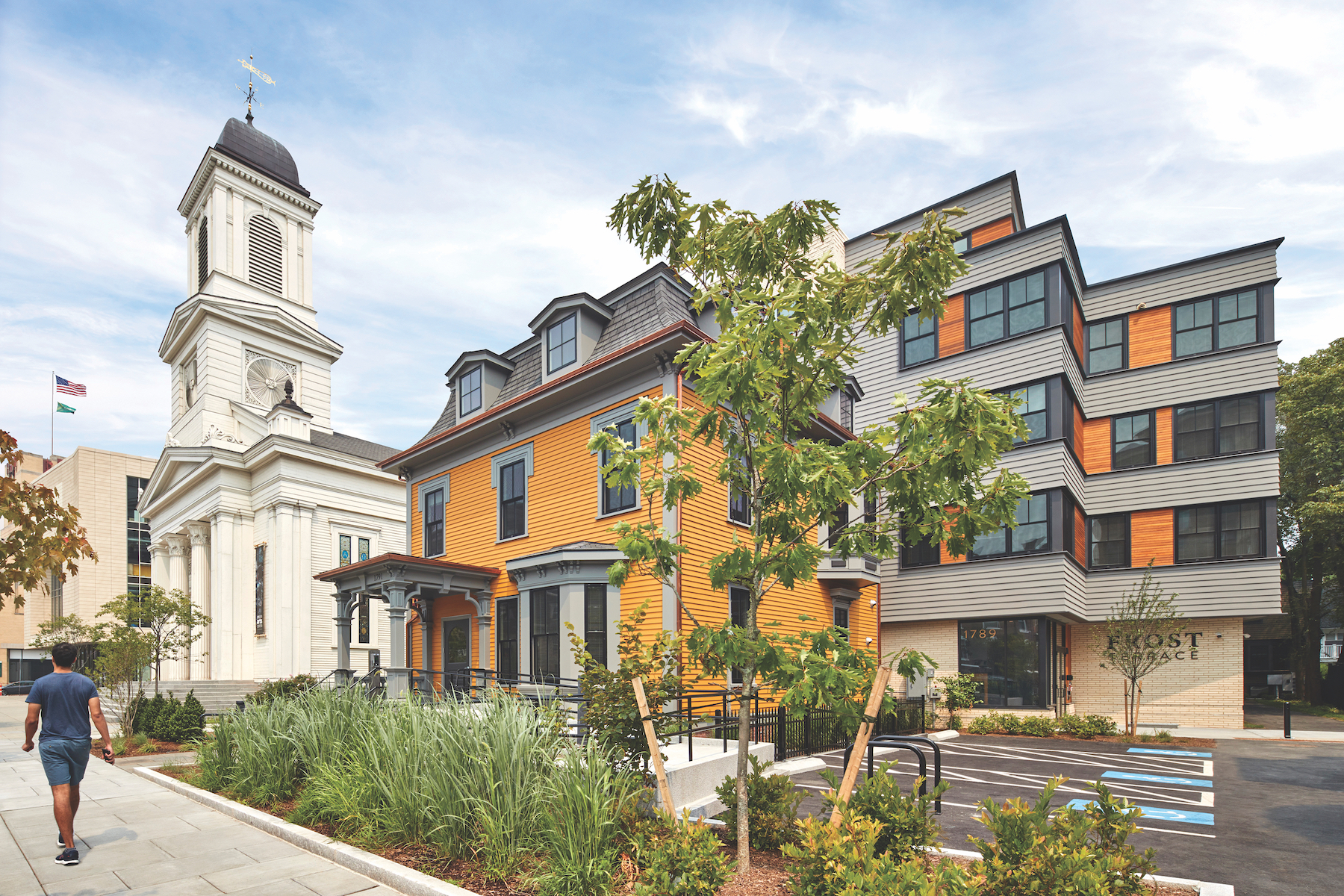
Bruner/Cott Architects inserted a three-story structure amid four restored single-family edifices to form a transit-friendly complex with 40 100% affordable (30-60% AMI) studio and one-, two-, and three-bedroom units. Eight of the apartments have been set aside for Section 8 vouchers. The developers, Capstone Communities and Hope Real Estate Enterprises, used the Commonwealth’s Chapter 40B speedy permit process to get all approvals in one step. They are targeting LEED Multifamily Midrise Gold.
11. WARLEY PARK | Sanford, Fla.

As Central Florida’s first permanent supportive housing community, Warley Park offers 81 one- and two-bedroom apartments for homeless individuals and families. On-site services (provided by Step Up on Second) include mental healthcare, job training, GED classes, and after-school programs. Wendover Housing Partners (developer) was assisted by Slocum Platt Architects and Roger B. Kennedy Construction.
12. WINTON GARDENS TOWERS | Rochester, N.Y.
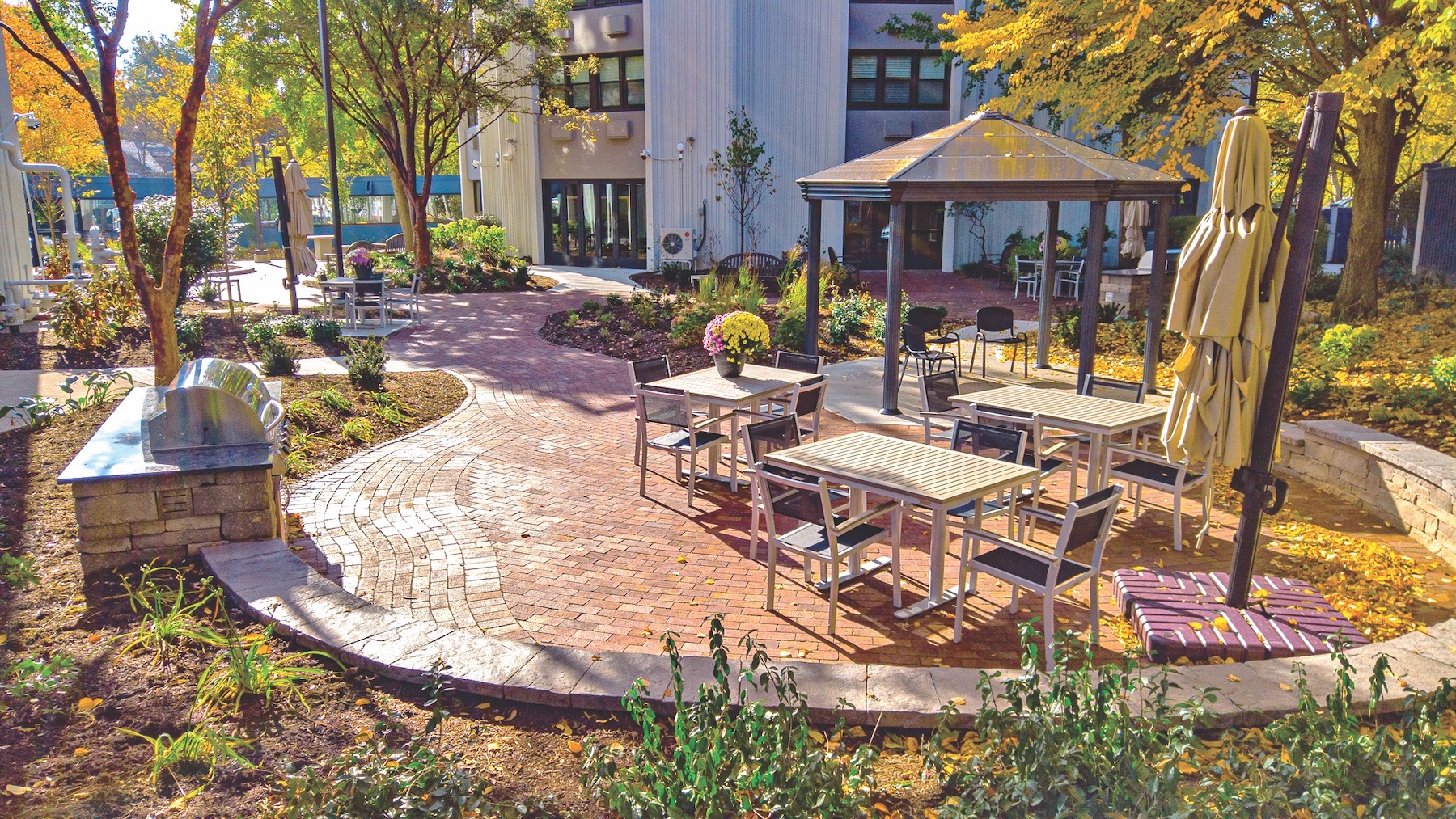
Originally built in 1973, these twin 11-story towers had deteriorated into a crime-ridden hot spot. Community Preservation Partners bought the property in 2018 and, with Rochester’s Cornerstone Group, invested $28.5 million in Energy Star appliances, LED lighting, energy-efficient PTACs, high-efficiency elevators, and security and accessibility upgrades. The 55+ community offers 200 units (425-525 sf) at 30% AMI, six at 60%. Ebesoldt Associates Architecture (designer) and Katerra (builder) performed the work.
13. FAIR OAKS COMMONS | Redwood City, Calif.
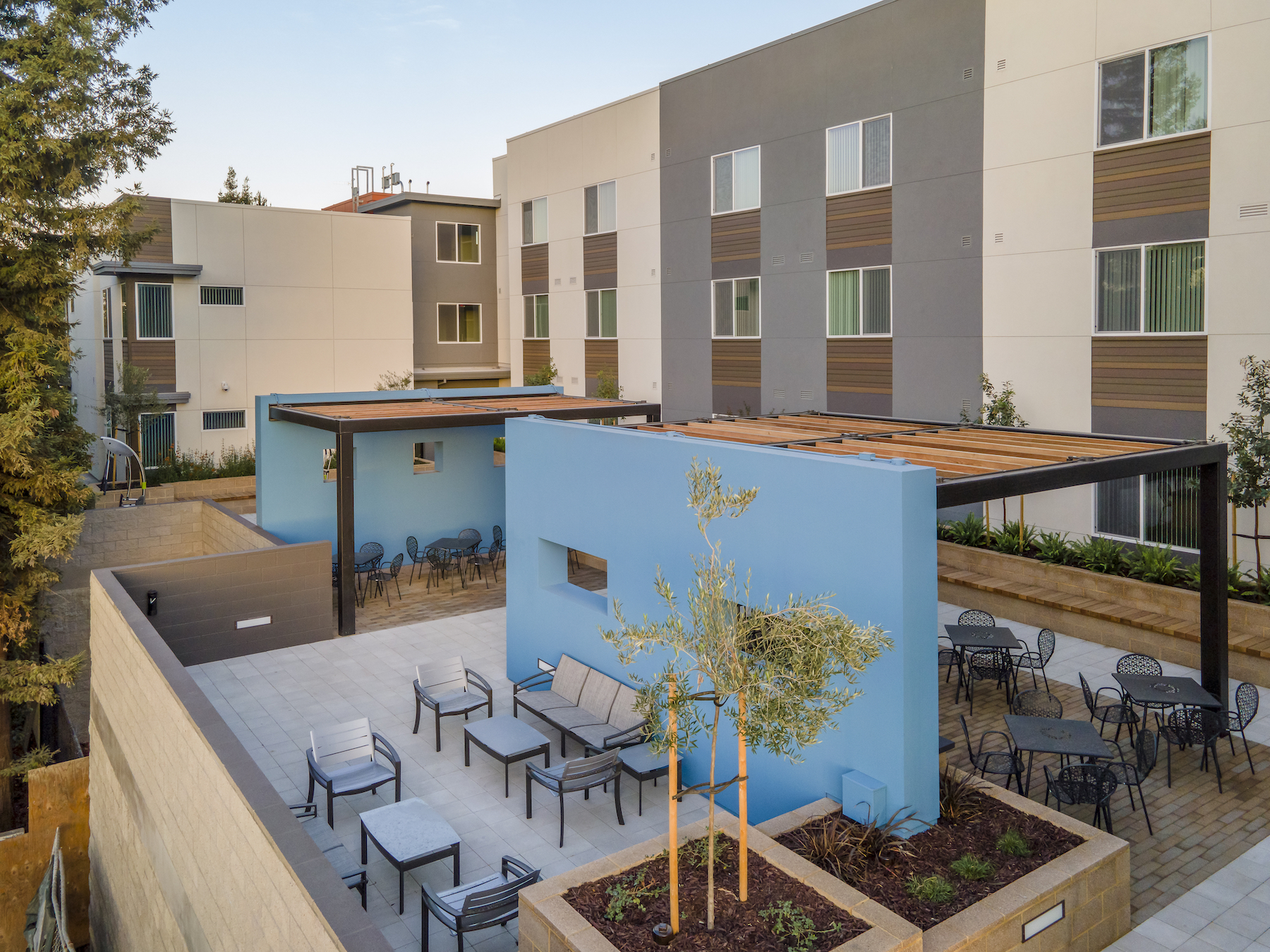
This $42 million complex was the first in San Mateo County to get one-stop approval under California’s SB 35. Its 67 living units (59 furnished) serve families, veterans, and the homeless (30-70% AMI). On-site service agency John Stewart Company provides job readiness programs, financial planning courses, and case management. Dahlin Group (architect) piloted the team: LUK and Associates (CE), Emerald City Engineers (MEP), The Guzzardo Partnership (landscape architect), and L&D Construction (GC).
Related Stories
Student Housing | Jun 20, 2024
How student housing developments are evolving to meet new expectations
The days of uninspired dorm rooms with little more than a bed and a communal bathroom down the hall are long gone. Students increasingly seek inclusive design, communities to enhance learning and living, and a focus on wellness that encompasses everything from meditation spaces to mental health resources.
MFPRO+ News | Jun 20, 2024
National multifamily outlook: Summer 2024
The multifamily sector continues to be strong in 2024, even when a handful of challenges are present. That is according to the Matrix Multifamily National Report for Summer 2024.
Multifamily Housing | Jun 17, 2024
Elevating multifamily properties through quiet luxury
As the demands of urban living continue to evolve, the need for a tranquil and refined home environment has never been more pronounced.
Multifamily Housing | Jun 14, 2024
AEC inspections are the key to financially viable office to residential adaptive reuse projects
About a year ago our industry was abuzz with an idea that seemed like a one-shot miracle cure for both the shockingly high rate of office vacancies and the worsening housing shortage. The seemingly simple idea of converting empty office buildings to multifamily residential seemed like an easy and elegant solution. However, in the intervening months we’ve seen only a handful of these conversions, despite near universal enthusiasm for the concept.
Adaptive Reuse | Jun 13, 2024
4 ways to transform old buildings into modern assets
As cities grow, their office inventories remain largely stagnant. Yet despite changes to the market—including the impact of hybrid work—opportunities still exist. Enter: “Midlife Metamorphosis.”
Affordable Housing | Jun 12, 2024
Studio Libeskind designs 190 affordable housing apartments for seniors
In Brooklyn, New York, the recently opened Atrium at Sumner offers 132,418 sf of affordable housing for seniors. The $132 million project includes 190 apartments—132 of them available to senior households earning below or at 50% of the area median income and 57 units available to formerly homeless seniors.
MFPRO+ News | Jun 11, 2024
Rents rise in multifamily housing for May 2024
Multifamily rents rose for the fourth month in a row, according to the May 2024 National Multifamily Report. Up 0.6% year-over-year, the average U.S. asking rent increased by $6 in May, up to $1,733.
Apartments | Jun 4, 2024
Apartment sizes on the rise after decade-long shrinking trend
The average size of new apartments in the U.S. saw substantial growth in 2023, bouncing back to 916 sf after a steep decline the previous year. That is according to a recent RentCafe market insight report released this month.
Multifamily Housing | Jun 3, 2024
Grassroots groups becoming a force in housing advocacy
A growing movement of grassroots organizing to support new housing construction is having an impact in city halls across the country. Fed up with high housing costs and the commonly hostile reception to new housing proposals, advocacy groups have sprung up in many communities to attend public meetings to speak in support of developments.
MFPRO+ News | Jun 3, 2024
New York’s office to residential conversion program draws interest from 64 owners
New York City’s Office Conversion Accelerator Program has been contacted by the owners of 64 commercial buildings interested in converting their properties to residential use.


